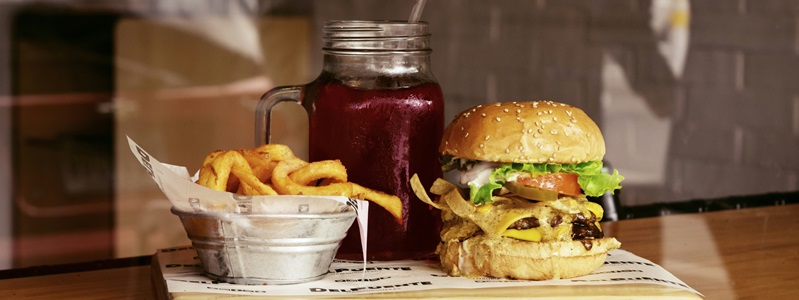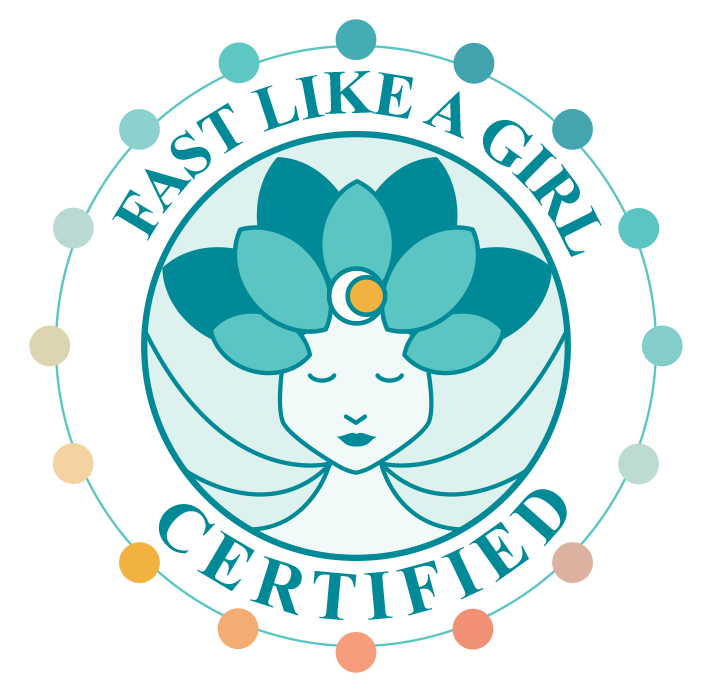The predominant foods that people eat are Ultra Processed Foods, at least in the USA, Canada, and the UK!
That’s right, look around you. Most everyone is eating them. Most of the time. Are you?
This is a public health issue, so you should know what they are and what the consequences are on your health.
Definition
As a working definition, we can consider ultra-processed foods typically as high-energy-dense products, high in sugar, unhealthy fats and salt, and low in dietary fiber, protein, vitamins and minerals.
You know, what you grab when you want a snack to please your taste buds and to boost your energy. Or maybe if you need a quick meal.
‘Examples include: sweet, fatty or salty packaged snack products, ice cream, sugar-sweetened beverages, chocolates, confectionery, French fries, burgers and hot dogs, and poultry and fish nuggets.’ – Cambridge University Press
Lots has been published on these so-called foods in peer-reviewed journals, so let’s take a look at what they do to your health and how you can identify them.
Health Consequences
Studies in those medical journals have shown that the more of your diet that is composed of ultra-processed foods, the more the nutritional quality of your overall diet deteriorates.
Separate studies show eating these foods leads to an increase in obesity, hypertension, coronary and cerebrovascular diseases, dyslipidemia, metabolic syndrome, gastrointestinal disorders, total cancer, and breast cancer.
You can find the citations all for these in this Commentary in Public Health Nutrition Journal from 2019.
Classifications of Processing
Food is considered processed if it is preserved in some way, so beyond what you eat fresh, most foods are processed. The extent of the process is important.
NOVA – a food organization, not an acronym – classifies all foods and food products into four groups according to the extent and purpose of the industrial processing they undergo.
Group 1: Unprocessed or minimally processed: These are the edible parts of plants (seeds, fruits, leaves, stems, roots) or of animals (muscle, eggs, milk), and also fungi, algae and water.
Minimal processing is about preserving foods for storage with processes including removal of inedible or unwanted parts, and drying, crushing, grinding, fractioning, filtering, roasting, boiling, non-alcoholic fermentation, pasteurization, refrigeration, chilling, freezing, placing in containers and vacuum-packaging.
Group 2: Processed culinary ingredients, substances derived from Group 1 foods or from nature by processes that include pressing, refining, grinding, milling and drying. Think oils, butter, sugar and salt.
Group 3: Processed foods are made essentially by adding salt, oil, sugar or other substances from Group 2 to Group 1 foods. Think bottled vegetables, canned fish, fruits in syrup, cheeses and freshly made breads.
Group 4: Ultra-processed foods are not modified foods, but formulations made mostly or entirely from substances derived from foods and additives, with little if any intact Group 1 food. Think soft drinks, sweet or savory packaged snacks, reconstituted meat products and pre-prepared frozen dishes.
See the difference?
A Practical Guide
A quick and easy check for ultra-processed foods is to see if its list of ingredients contains at least one item characteristic of Group 4 above, the ultra-processed group. Think words that you cannot pronounce.
Read the label to see if it has ‘food substances’ never or rarely used in your kitchen. Like
- hydrolyzed proteins, soya protein isolate
- gluten
- casein, whey protein
- ‘mechanically separated meat’
- fructose, high-fructose corn syrup, ‘fruit juice concentrate’
- invert sugar, maltodextrin, dextrose, lactose
- soluble or insoluble fiber
- hydrogenated or unesterified oil
These include other sources of protein, carbohydrate or fat which are neither foods from NOVA group 1 or group 3, nor culinary ingredients from NOVA group 2.
Or have cosmetic additives whose function is to make the final product palatable or more appealing. Including:
- flavors, flavor enhancers (even ‘natural flavors’!)
- colors
- emulsifiers, emulsifying salts
- sweeteners
- thickeners
- anti-foaming, bulking, carbonating, foaming, gelling and glazing agents.
The presence in the list of ingredients of one or more of these food substances identifies a product as ultra-processed. If you value your health, you will avoid them at all costs.
Instead of Ultra-Processed Foods
I see that people need help in choosing what to eat when they no longer reach for that convenient fast-food meal, frozen processed food to cook at home or convenience store snack.
My previous blog, Eating for Healing is a step in the right direction.
A further list of foods is in the blog Eating for Hormonal Healing.
And if you want meal plans and recipes, I continue to recommend Dr. Mindy Pelz’s book Eat Like A Girl, which is great for men as well. It is the #1 Best Seller in Healthy Cooking on Amazon as of November 1, 2024.





